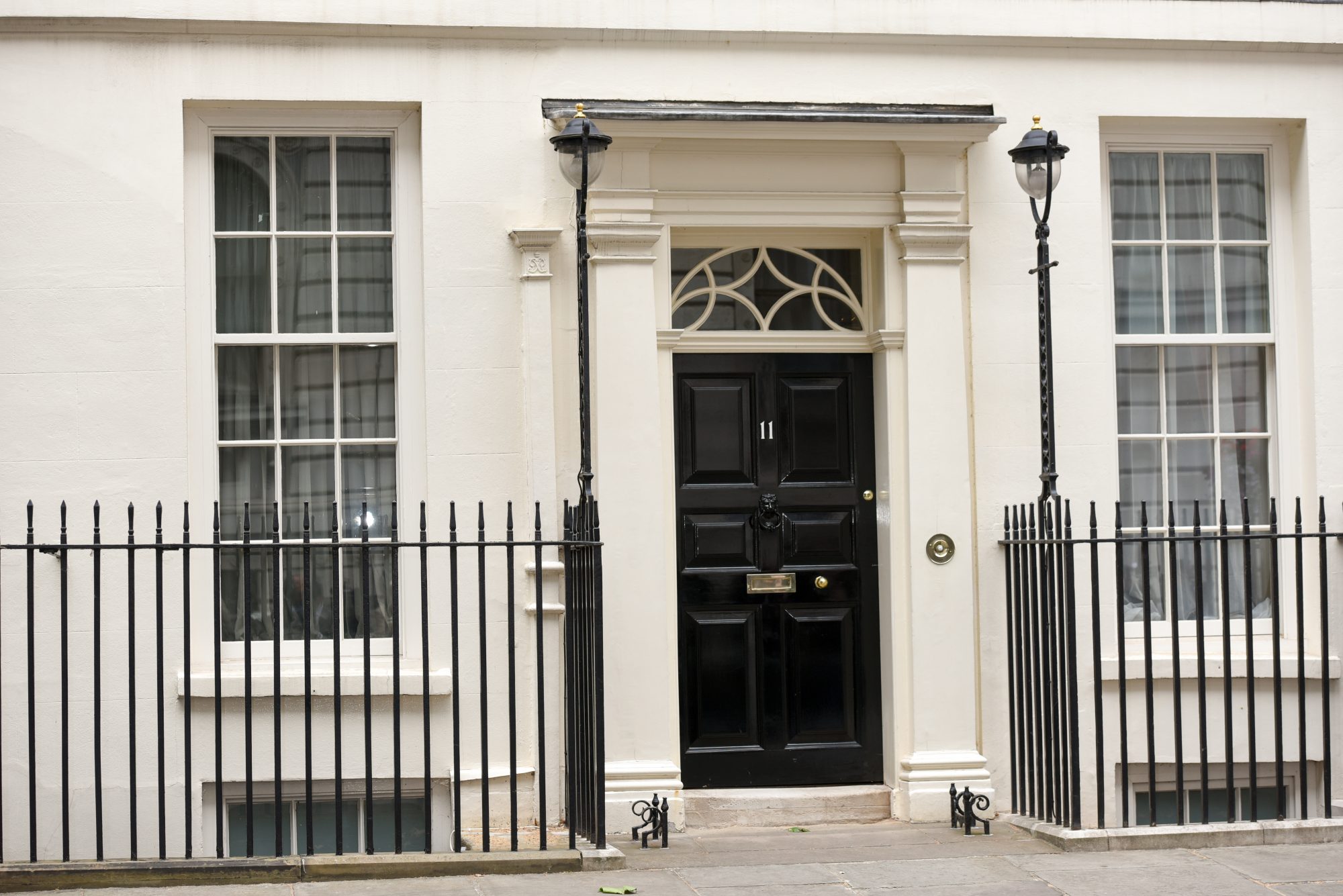Back in 2015, then Chancellor George Osborne, shook up the dividend taxation system, overhauling an area of economic policy that had not been touched for years. As of April 2016, he said he would scrap the dividend tax credit and replace it with a tax-free dividend allowance and tiered rates of dividend tax. Previously dividends were taxed based on your overall income tax band, but with a credit applied which created an effective tax rate for the portion of your income derived from dividends. It was all rather complicated!
Dividend allowance, a fairer tax system?
The dividend allowance that George Osborne introduced gave individuals an opportunity to earn a portion of income, via dividends, free of tax, in addition to their personal income tax allowance. The idea being to encourage more people to invest whilst not penalising small time investors. The original allowance was set at £5,000. Thereafter, any dividends were taxed on a flat rate based on your income tax band – although like the tax credit this concept replaced, the tax on dividends was not equal to the main income tax rates – more than 10% less for basic rate payers.
As well as making it possible for more people to invest and earn income through dividends, the Chancellor also made clear that the other intended target of this shake up was company owners and Directors who paid themselves primarily through dividends, rather than PAYE. His intention being that whether you are a company owner, investor or employee, everyone should be broadly subject to the same levels of taxation – creating a fairer tax system he concluded.
Easy pickings for more tax
With the original dividend allowance set at £5,000, George Osborne’s successors have used reductions in this as an easy way of raising more tax. Fast forward to the present day, and current Chancellor Jeremy Hunt has signalled what appears to be the death knell for the allowance as he set out plans in November 2022, to reduce it to just £500 in the 2024/25 tax year.
The current allowance sits at £2000 for the tax year to 5th April 2023, but from then on it will reduce each year, dropping from £2,000 to £1,000 from 6 April 2023 and then to £500 from 6 April 2024. Many expect that the allowance will be removed completely shortly after this.
The plans to reduce the allowance to virtually nothing will undoubtedly restart the eternal debate between small business owners and their accountants, about the most tax efficient means of drawing an income from their businesses. It has long been suggested that complete removal of the allowance will herald a point whereby income through PAYE is once again the preferred option, but with personal allowances and tax band thresholds also being frozen, the answer will continue to be less than straight forward and will still require personal context to answer!
